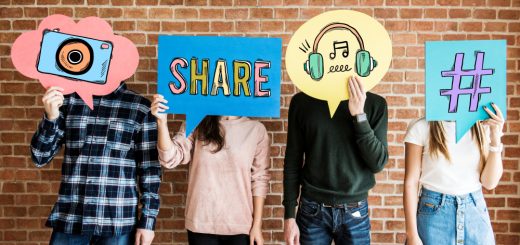Why AM/FM radio continues to reach more consumers than any other medium?

With issues of national interest being broadcast on radio, and a chance to listen to the leader of the nation addressing citizens everywhere, audiences tune in frequently and further engage with the medium, even in areas where other platforms cannot reach
I would like to begin with a prayer in my heart and hope for all humanity, to emerge safe, healthy and wiser post this Novel Corona crisis.
While we sit at home and fight it out, like all of you, I too have been watching several channels and listening to the radio; in my case, it is more of the latter as I have been associated with the medium for nearly 20 years. But you will be surprised to know that more people are listening than watching!
Broadcast radio (AM) today reaches a staggering 99% of the Indian population, while FM radio reaches 65%. Media pundits have been chanting death knells for radio in India, but one needs to remember that radio survived the tape, CD, iPod and will be as popular in the age of music-streaming apps. According to Nielsen’s second-quarter 2017 Comparable Metrics Report, radio remains the top way to reach consumers across all media platforms.
So, what makes this traditional medium so successful even today?
Reaching all corners: Radio is an effective broadcast platform with the power to unite millions. Unlike TV and print, radio is highly interactive, hyper-local in nature, and is free. With issues of national interest being broadcast on radio, and a chance to listen to the leader of the nation addressing citizens everywhere, audiences tune-in frequently and further engage with the medium, even in areas where other platforms cannot reach.
Trust and credibility: In the digital medium, it is difficult to curb ‘fake news’. It is often observed that in the TRP race to grab eyeballs, even TV channels tend to exaggerate and repeat themselves. Whereas, on radio, information is crisp, straightforward and informative. Radio helps audiences focus and retains their attention for a longer duration as compared to TV, where pictures and headlines distract the viewer. Also, there are very few reported events of fake news on the radio, making it, by far, the most credible and authentic medium out there.
What keeps radio relevant in the age of the internet is the localised flavour of conversations, chat shows, quizzes and audience interaction.
Going digital: While online streaming services like Spotify, Gaana, Saavn are fine-tuning their business models, radio has already adapted to the changing user behaviour. In fact, major players of the FM radio industry have already gone digital. By allowing listeners to tune-in to their favourite radio shows online, they are expanding their audience and, in the process, offering a 360-degree solution to advertisers.
In case you are undecided about the credibility of radio, let’s take a cue from our honourable Prime Minister. Amongst a plethora of media channels at his disposal, he chose the humble radio to convey his ‘Man Ki Baat’ to millions of Indians.
Kuch toh baat hogi na radio mein????
The medium is here to stay: While radio has withstood time and the waves of change, it has also learned to adapt to the ever-changing media landscape. We not only see radio platforms amplify their reach and visibility via digital platforms, but the reverse effect also taking place with digital using radio stations to tap into their audiences.
Poised for a 360-degree expansion and exponential growth, radio needs new talent with innovative thought processes. UPES is the perfect training ground, with state-of-the-art labs, industry-aligned curriculum and an experienced in-house faculty.
(The writer is a well-known Radio Jockey, Media Consultant and Workshop Director, Radio and Podcast.)




Wonderful blog.